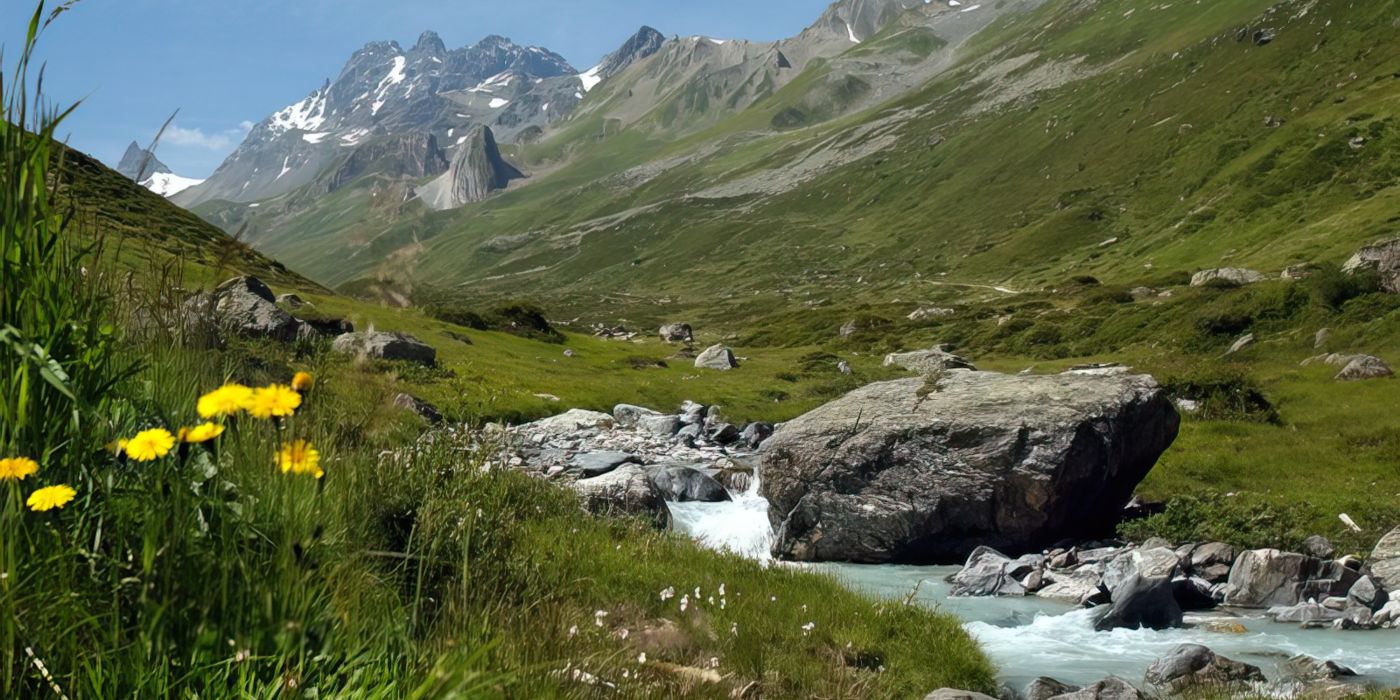

High Mountain Geomorphology
High mountain systems cover a considerable amount of the planetary land space available. For example, the Himalayan system covers most of inner Asia while the South American Cordillera, including the Andes, dominates the topography of western South America. Ranges of high mountains, like the European Alps or the American Rockies, still form a considerable barrier to human transportation and thus influence both the location and development of human social and economic activities. High mountains also form part of our cultural identities. Many aspects of literature and the arts have been influenced by the presence of high mountains. High mountain domains are increasingly being treatened by the excesses of human activity such as deforestation of alpine slopes and overutilization of alpine meadows. Those areas which are yet relatively untouched by such excesses of human progress are instinctively perceived to be beautiful and serene. Although we sometimes think of high mountain areas as sterile environments when observing them from afar or even when walking through them, this appearance is deceptive. High mountains are in constant action. Rockslides, snow avalanches, mudflows, glaciation, erosion and solifluction are only a few of the many dynamic processes that operate in mountain
environments. I was interested in understanding both these dynamic processes and their effects. More specifically I investigated:
- the input, transfer and output processes which operate in glaciers, alpine slopes and alpine fluvial streams, and
- the geomorphic impacts of these processes in high mountain environments.